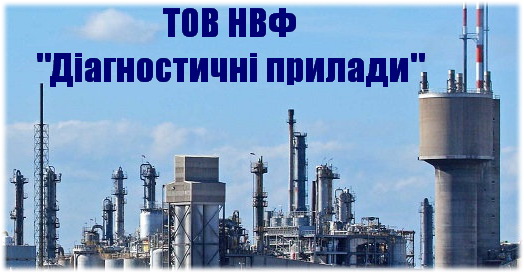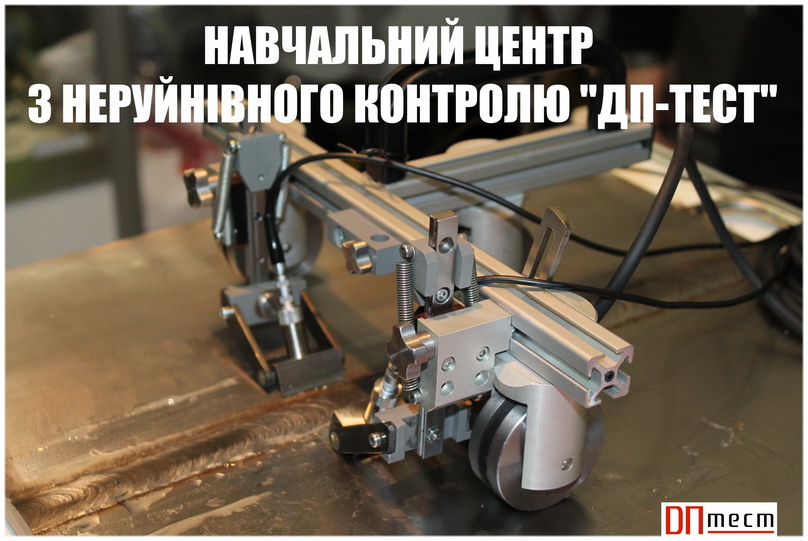The purpose of this diploma project is to develop an unmanned ground complex for military logistics, capable of operating in manual and autonomous modes in various terrain conditions. During the project, the design of the drone was developed, the electrical power supply circuit was selected, integrated sensors, actuators and communication channels were selected.
During the research of the diploma project, an analysis of existing unmanned systems was conducted, the structural blocks necessary for the functioning of this device were considered, the control system was studied in detail.
The result of the project development was a model of a drone with manual and autonomous movement, and the components of the drone were selected that would satisfy the boundary conditions.
- Hits: 94








